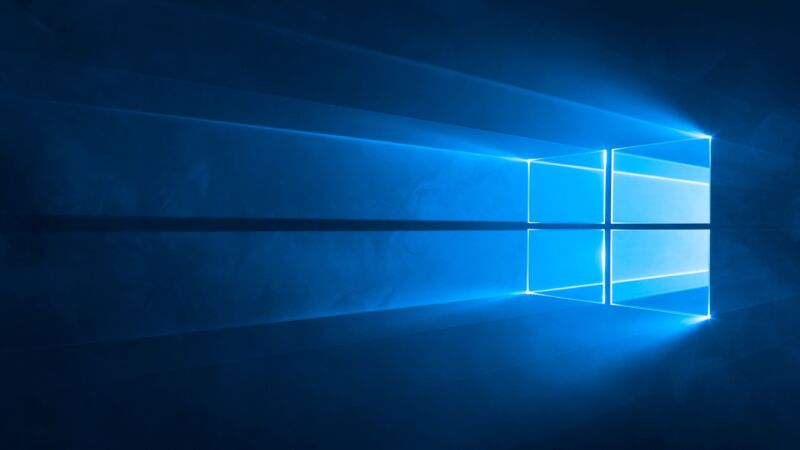
Microsoft
Microsoft is releasing Windows 10’s November 2021 update, also called Windows 10 21H2, to the public today. The company is also clarifying its plans for the future of Windows 10 updates: starting now, Microsoft will continue to provide Windows 10 feature updates once per year, rather than the current twice-per-year schedule. This is meant to sync Windows 10’s update schedule with Windows 11’s, which is also going to receive major feature updates once per year.
Microsoft hasn’t committed to the number of yearly updates it will provide for Windows 10, but the company will support “at least one version” of the OS until update support ends in October of 2025. Microsoft is promising 18 months of support for Windows 10 21H2, so it seems safe to assume that we’ll at least see 22H2 and 23H2 releases for Windows 10. For businesses using Windows 10 Enterprise, version 21H2 is also a Long-Term Servicing Channel (LTSC) update and will receive update support for five years instead of 18 months.
While more Windows 10 updates will be welcome news for anyone who isn’t ready to move to Windows 11 or whose hardware doesn’t support the new OS, it’s not clear what “feature updates” will entail for an operating system that has been replaced. Microsoft does have a history of backporting some apps and APIs to older versions of Windows to increase adoption of new technologies and reduce the amount of work developers need to do. But there are already some features that are currently exclusive to Windows 11—including 64-bit x86 app emulation on the ARM version of Windows 10, the faster-to-update Microsoft Store version of the Windows Subsystem for Linux, the Windows Subsystem for Android in its entirety, and most of the updated first-party apps—and we’d expect that list to grow rather than shrink.
The “Windows-as-a-service” model as originally pitched was supposed to alleviate the fragmentation between different versions of Windows and to remove the need for feature backporting in the first place. It remains to be seen how Windows-as-a-service works when Microsoft is servicing two slightly (but increasingly) different versions of Windows in parallel.










